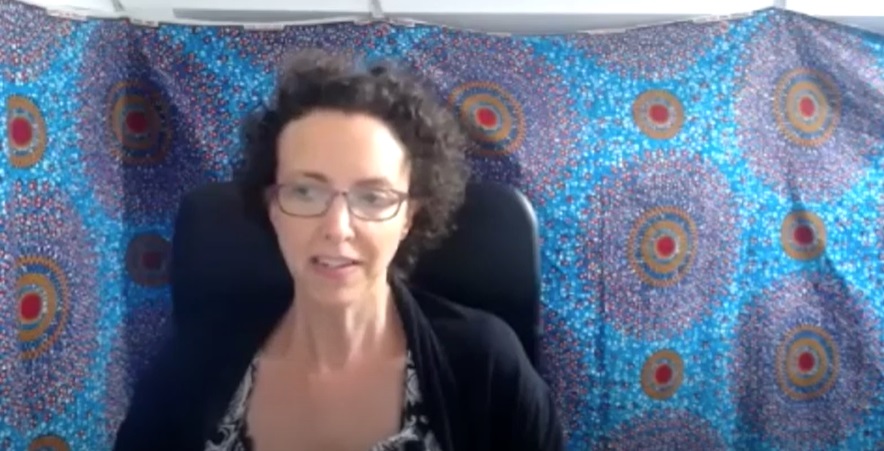Why operations and technology synergy is critical for successful M&A activity
Bryan Gregorich, Director at MAI Capital and Daniel Eriksson, Vice President and Global Head of Product Management and Solutions Consulting at SS&C Advent explore the most important operational factors when it comes to mergers and acquisitions
clearpat POSTED ON 10/11/2020 8:40:06 PM

Fund Operator: In an M&A activity, from a high-level business perspective, where do technology platform and operations synergies rank?
Bryan Gregorich: In 2017, a financial services holding company took a minority, noncontrolling stake in MAI to help facilitate our growth strategy.
One of the main reasons we are able to acquire new firms is because of the technologies we have in place, specifically in operations, investments and compliance.
This is a key selling point we are able to offer when discussing our firm’s abilities with potential sellers. We are an SS&C Advent shop and use a wide array of their systems, which are all integrated with one another.
"One of the main reasons we are able to acquire new firms is because of the technologies we have in place"
When we talk to firms about coming on board with us, this is typically a driving factor and an eye opener for them, particularly for smaller firms with manual processes.
Technology is crucial when it comes to M&A, especially on the sell side. Many companies ask how we can continue to manage our current book of business and integrate and manage their accounts. The answer we give is that we have the technology and systems in place and have put forth the time and energy to develop our internal system with the client experience remaining at the forefront.
Daniel Eriksson: The importance of technology and operations in M&A depends on what type of merger or acquisition it is.
The overall business objective is key, as well as flexibility around the external client experience.
We see a lot of mergers and acquisitions that focus on factors such as the experience of front-office staff and client-facing teams. The external client experience is non-negotiable.
Fund Operator: For how long can a newly-merged firm run on a separate platform before a common system is rolled out?
Daniel: The timing of enabling a common system depends on the business model and the costs to carry these different systems. If everything is set up and runs, then it is more of a cost decision.
For many of our clients, the challenge is in the ability to scale operations. They tend not to get endless operational resources even if they keep making acquisitions.
"For many of our clients, the challenge is in the ability to scale operations."
This means that it is important to find ways to either scale it through system efficiency or by outsourcing to providers.
Bryan: We like to get these newly integrated firms off of what they are running as soon as possible.
The first thing we look at is the contract structure they have with their existing service providers and if there are any lock-up periods.
We try to run parallel through month-end, although it is better if we run through quarter-end. This gives us flexibility in case something that hasn’t been discussed in the due diligence phase pops up.
It’s obviously better from a cost perspective if we don’t pay for two systems, but it is critical for all of the data to be ported over properly.
Fund Operator: Once the firms have merged technologically, is there a period of rightsizing that takes place and what does that look like?
Bryan: Going into it we also look at the big picture, which includes their systems, employees and processes.
During this running parallel period of time, employees from the acquired firm will need to continue to do what they do while we look at where we can re-deploy them.
"One of the elements we put a lot of time and energy into is training"
It is important to communicate since these employees are generally anxious about these updates. We explain to them that what they are doing today might not necessarily be what they will be doing tomorrow.
To get to this point, one of the elements we put a lot of time and energy into is training. While we on-board these new firms, we spend a lot of time with the employees by walking them through our systems, showing them how to navigate our processes and “holding their hands” so they are comfortable.
Daniel: Having acquired or being acquired requires you to figure out how to integrate the teams and motivate them in the new environment. If you right-size technology without first taking care of the people, it leaves you in a bad spot and without buy-in.
One of the biggest challenges that we have seen is when an acquisition or merger takes place, but the two cultures aren’t a match for each other, you have to act fast.
Considering the culture of the company is something to be aware of as you go into these processes.
Fund Operator: How long after the merger and technology integration does it generally take for the organization to see costs stabilize and even realize return on operational investment?
Bryan: MAI’s Integration team gathers all of the contracts the prior firm had in place. They dive into them, looking at lock-up periods, what exactly they are being paid to do, and what can be eliminated.
Daniel: We feel it is important to look at the synergy of expenses, such as where to lower costs and how to drive organic growth.
"There needs to be a greater focus placed on the end client"
We have seen a big spike in demand for outsourcing services. There also needs to be a greater focus placed on the end client, which has driven many firms to look at better systems or tools to manage client engagement.
Please Sign In or Register to leave a Comment.
SUBSCRIBE
Get the recent popular stories straight into your inbox




